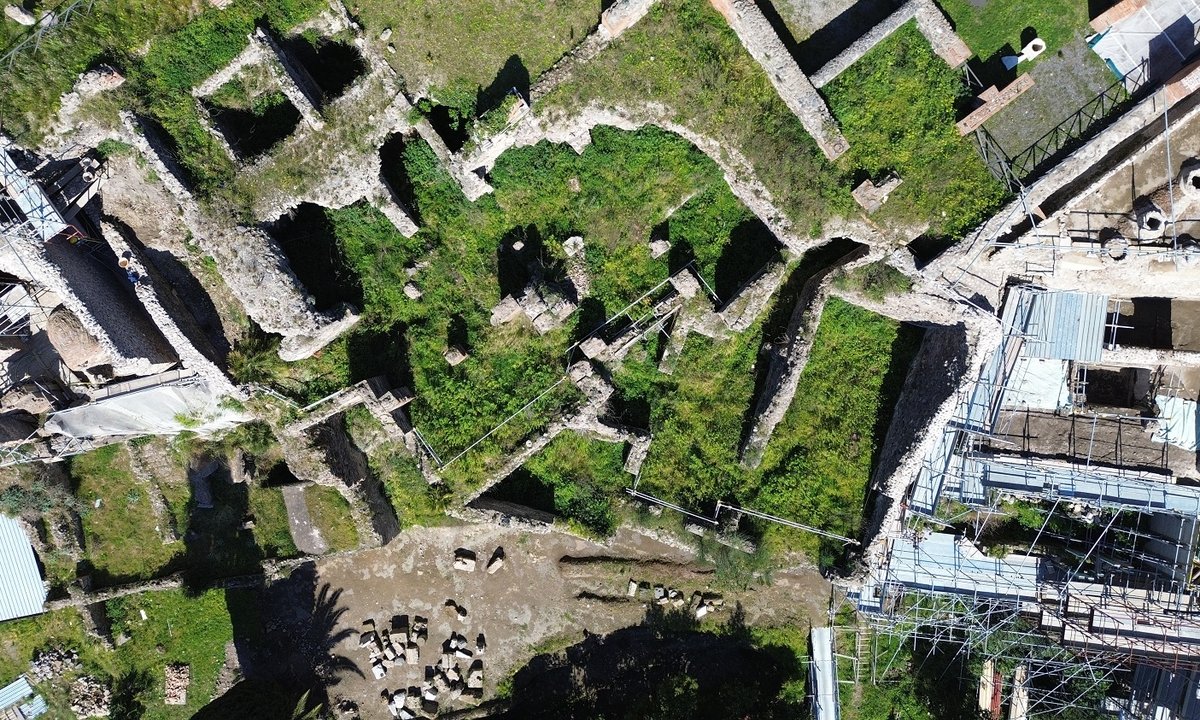
"The theory of Pompeii's resettlement has long been proposed, however archaeologists have confirmed during ongoing restoration and consolidation work in a southern district of the ancient town."
"Inhabitants returned after the eruption to a grey and dusty wasteland, settling among the ruins of the upper floors of former homes poking above ash."
"They may have been joined by newcomers 'with nothing to lose,' who built new lives amid the ruins."
"Gabriel Zuchtriegel, the park's director, added that, rather than a city, the reinhabited Pompeii resembled 'a precarious and grey agglomeration... a favela among the ruins of the still recognisable Pompeii that once was.'"
Archaeologists confirm that Pompeii was resettled after the 79AD eruption of Mount Vesuvius, with survivors and newcomers returning to the remains of the city. They discovered ovens, ceramics, and other artifacts indicating activity in the area post-eruption. Many inhabitants returned to a desolate wasteland among the ruins, repurposing lower floors of homes for hearths and mills. Evidence suggests survivors and those with limited prospects opted to settle amid the devastation, eventually cultivating the land once more. The reinhabited area resembled a precarious settlement rather than a city, highlighting the resilience of its inhabitants.
Read at The Art Newspaper - International art news and events
Unable to calculate read time
Collection
[
|
...
]